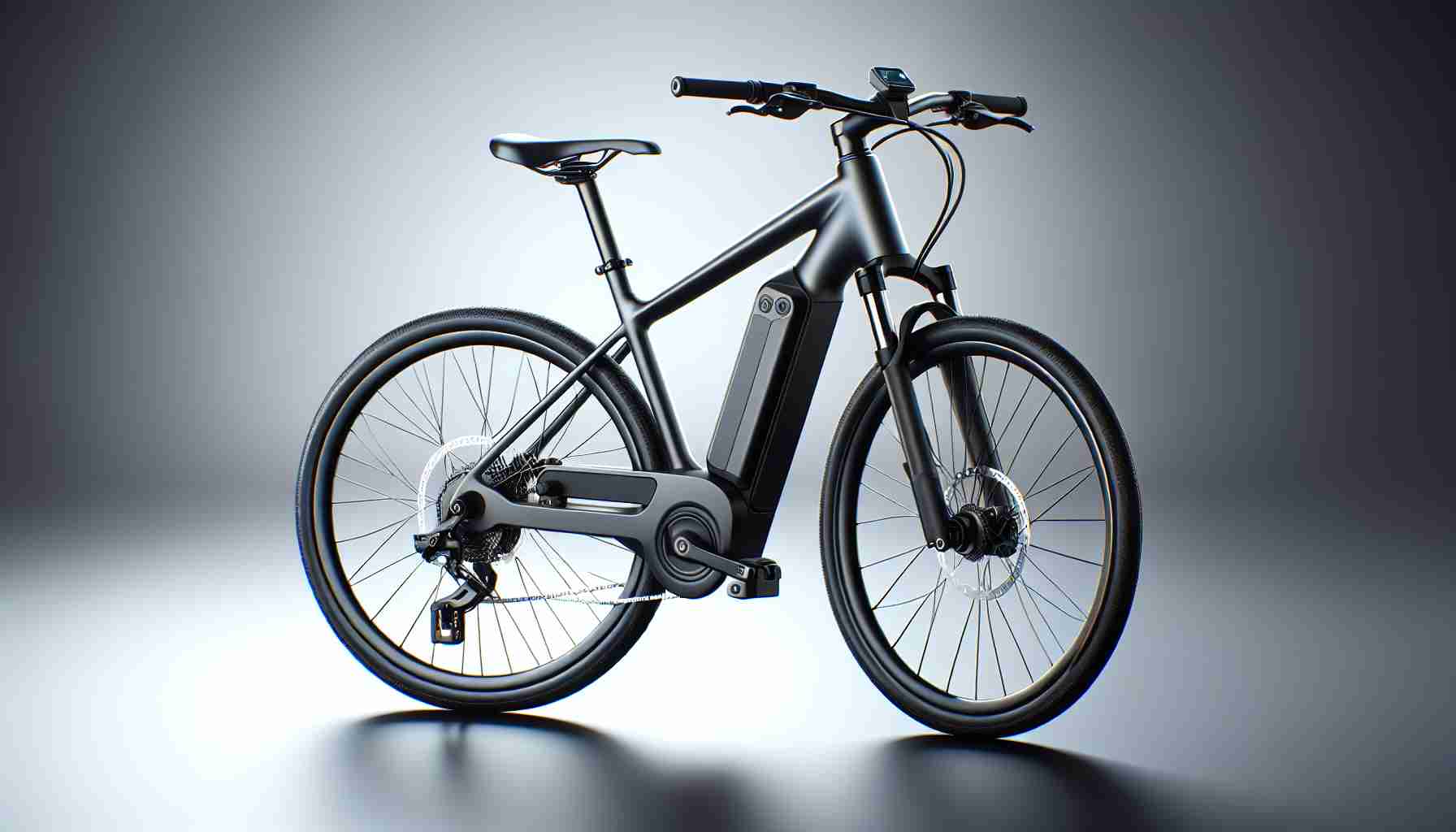In recent years, Cambridge has witnessed a significant growth in the popularity of micromobility devices such as e-scooters and e-bikes. These compact and eco-friendly forms of transportation have flooded the city’s streets, prompting a need for clear regulations and guidelines. As leaders grapple with the challenges of integrating these devices into the existing transportation system, they must navigate a complicated road ahead.
Safety vs. Efficiency: Striking a Balance
One of the primary concerns surrounding micromobility devices is finding the delicate balance between safety and efficient travel. While other cities have raised apprehensions about the speed of e-bikes, Cambridge’s transportation commissioner, Brooke McKenna, acknowledges the potential risks of imposing stricter speed restrictions. Doing so could drive riders onto sidewalks, exacerbating safety issues for pedestrians. It is crucial to develop regulations that not only prioritize safety but also enable efficient travel for residents.
The Conundrum of Classification
Another hurdle in regulating micromobility devices lies in defining their characteristics. The state of Massachusetts has already classified “electric bicycles” and “motorized bicycles” differently, with motorized bicycles falling into the category of motor vehicles and thus being prohibited from paths and sidewalks. However, ambiguities remain regarding the classification of current e-scooters. The city’s law department grapples with these challenges, working tirelessly to establish clear boundaries and regulations for these devices.
Outdated Laws and Definitions
The need for clarity in regulation is further underscored by outdated laws and definitions that have not kept pace with the evolving transportation landscape. Councilor Patty Nolan expressed her confusion, emphasizing the importance of updating these laws to address the unique demands of micromobility devices. As Cambridge continues to adapt to new modes of transportation, it is crucial to have laws and definitions that accurately reflect the changing needs of the community.
Support for Micromobility: A Way Forward
Despite the complexities and challenges, there is strong support for micromobility devices among residents. Advocates argue that these devices offer a sustainable, equitable, and accessible means of transportation, helping reduce carbon emissions and traffic congestion. They emphasize the need for accommodating off-street paths for cyclists who prefer a safer riding experience. By expanding and improving bike lanes, Cambridge can foster a town that is less reliant on cars and more conducive to alternative modes of transportation.
Prioritizing Road Safety
The issue of regulating e-bikes and scooters becomes even more pressing in light of recent bicycle fatalities. Ensuring the safety of all road users should be the primary focus. Some residents believe that stricter enforcement of existing traffic rules and addressing infrastructure shortcomings are key steps toward improving road safety in Cambridge. By creating comprehensive safety measures and promoting awareness campaigns, the city can significantly reduce accidents and injuries involving micromobility devices.
Striving for the Right Balance
Finding the right balance between efficiency, accessibility, and safety is a complex task for Cambridge. It requires ongoing discussions and collaborations among city officials, transportation experts, and residents. By engaging in constructive dialogue, Cambridge can shape regulations that address the unique demands of a changing transportation landscape while safeguarding the well-being of all its residents.
Frequently Asked Questions (FAQ)
1. What are micromobility devices?
– Micromobility devices refer to small, compact electric vehicles such as e-scooters and e-bikes that provide an alternative mode of transportation for short-distance travel.
2. What challenges does Cambridge face in regulating micromobility devices?
– Cambridge faces challenges in determining the right balance between safety and efficient travel, defining the characteristics of micromobility devices, and updating outdated laws and definitions.
3. Why is it important to regulate micromobility devices?
– Regulations ensure the safe integration of micromobility devices into the transportation system, prevent accidents, and address potential conflicts with pedestrians and other road users.
4. How does Cambridge support micromobility?
– Cambridge residents and officials advocate for the expansion of off-street paths and the improvement of bike lanes to provide safe cycling experiences and reduce dependence on cars.
Sources:
– Official Cambridge City Website: [Cambridge City Website](https://www.cambridge.gov/)
– Forbes Micromobility: [Forbes Micromobility](https://www.forbes.com/micromobility)
– Deloitte Micromobility Insights: [Deloitte Micromobility Insights](https://www2.deloitte.com/micromobility-insights/home.html)
– McKinsey Shared Mobility Report: [McKinsey Shared Mobility Report](https://www.mckinsey.com/shared-mobility-report)























